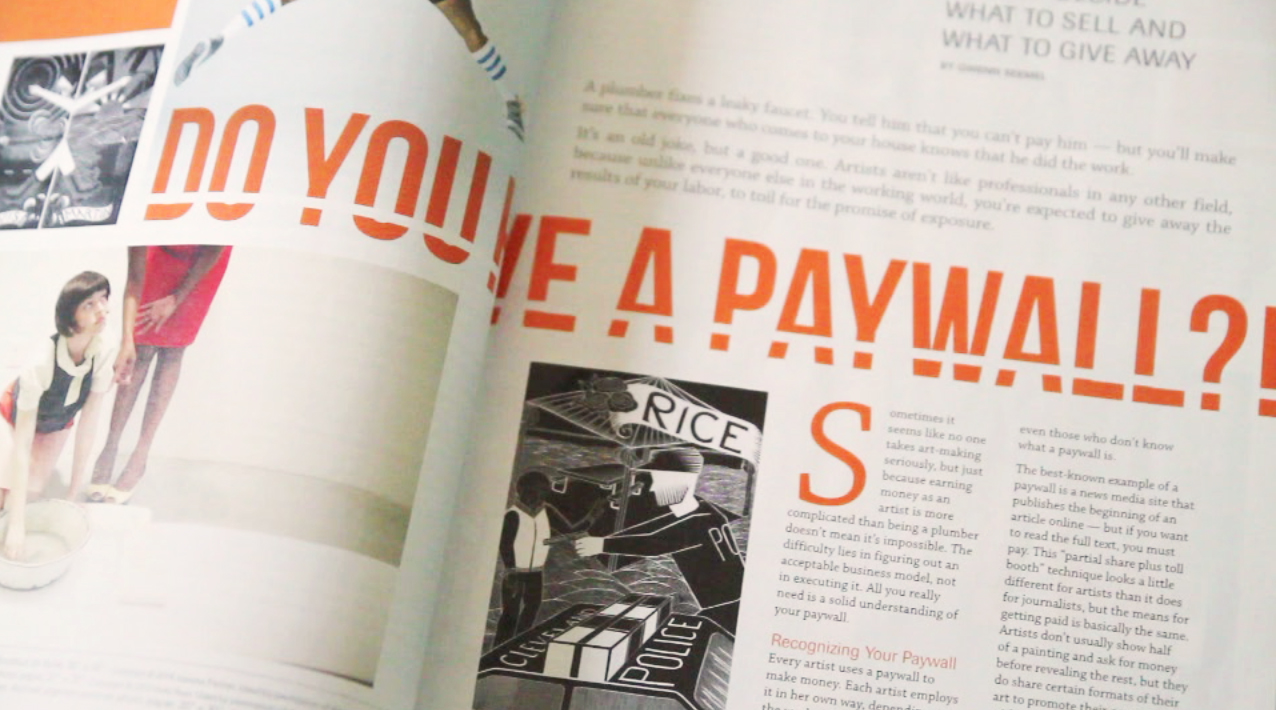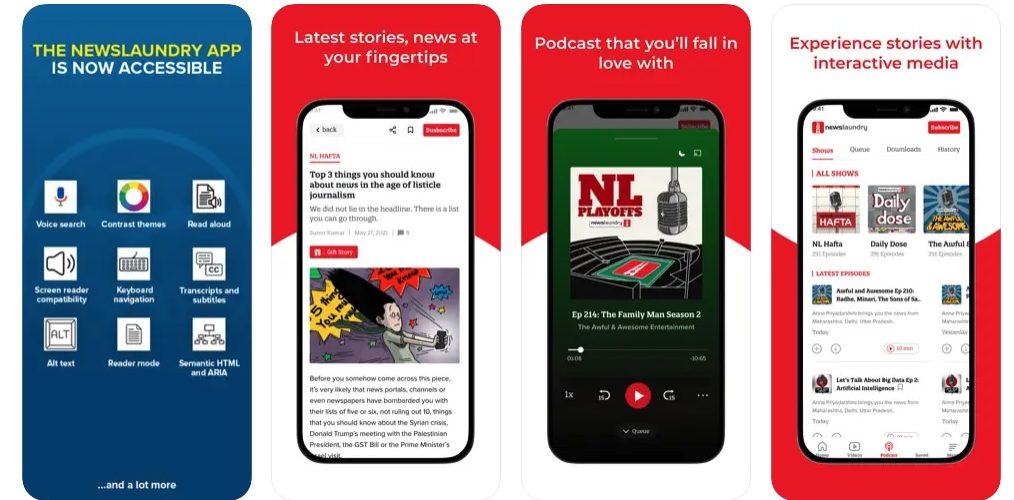
Newsletter
Newsletter
The proliferation in paywall models means that publishers have more options. We show you how to de-risk the choice.
23rd February 2024

In the Pugpig weekly media bulletin, Pugpig’s consulting services director Kevin Anderson and digital growth consultant James Kember distill some of the best strategies and tactics that are driving growth in audiences, revenue and innovation at media businesses around the world.
If you want to know more about how we are working with publishers like you, get in touch at info@pugpig.com.
Recently, a customer came to us with a question: What would the impact of a hard paywall be on their user base, would it increase conversion by enough to justify the risks? Naturally, the answer was that it depends; the best way to navigate the many factors is to analyse your audience and test, test, test. In this week’s Media Bulletin, we’ll discuss the different approaches we see publishers taking and what we can learn from it.
Over recent years, two of Nine Publishing’s main titles, The Sydney Morning Herald and The Age, have followed a familiar journey to subscriber revenue. They’ve evolved from an advertising-led, reach-focused strategy to a reader revenue model. As an article from INMA explains, in February of last year they started a project with the Google News Initiative where they carried out a series of experiments, the first of which was to look at the impact of tightening the paywall.
Nine had a registration wall supporting a metered paywall, but they noticed that a significant chunk of their traffic was exhibiting strange behaviour. Many returning users to their site found ways to actively avoid paying and were continuing to read for free. They wanted to make it harder for a user to access their content without paying, but they didn’t want to ignore the value of their content as an acquisition tool.
In the early days of reader revenue, there were two types of paywalls: metered and hard. Hard paywalls gated all content, while metered paywalls allowed readers to sample a set number of articles each month before having to buy. The metered model was designed to strike a balance, earning subscription revenue from those who paid while maintaining ad revenue for more loosely connected audiences.
Gating models have evolved as strategies and technology have become more sophisticated. Many publishers are following the model that Nine had, with a paywall that is combined with a registration journey whereby users are first asked to register and only encouraged to pay once they reach a slightly higher level of engagement. As publishers have worked to optimise revenue from readers, they have rolled out dynamic paywalls that tailor the experience to the user’s behaviour. In their simplest form, they take a ‘freemium’ approach which gates certain articles or content verticals, but increasingly machine learning and AI are being applied to model propensity to subscribe and activate a gate at the optimum moment in time.
For the Australian publisher, Nine chose a content-based dynamic approach where certain articles would be gated but the majority of content available for free. They hypothesised that the type of content a reader was interested in was the key indicator of their propensity to subscribe. This approach allowed them to understand the role that content was playing in the conversion journey. Moreover, their editorial team manually decided which articles should go behind the wall and which shouldn’t, so having a flexible process was essential.
The results were impressive: a 425% increase in paywall conversions whilst non-subscriber traffic was “not significantly affected”. This built confidence in the newsroom, and they saw a steady increase in the gating of content by the editorial team from 11% of articles to 40%. The Sydney Morning Herald and The Age were able to balance allowing users to read content for free to establish habit and loyalty with a paywall experience that the reader could not bypass.
For Nine Publishing, the need to allow users to discover content is central to their strategy, but this is not the case for all publishers. Many media companies are considering how vital content visibility is given the declining role that Facebook has had in news referrals and the potential threat on the horizon of AI to search volumes. Publications like the Financial Times and the Wall Street Journal serve a hard paywall where the user is immediately asked to register or subscribe. Of course for new users begs the question, how will they build enough of an interest in the product to subscribe?
Others, such as The Independent, attempt to address this problem through a simple ‘metered’ approach where a user is allowed to access a set number of articles across the app and web. This is useful where there is no clear discernable difference in conversion across content verticals and they want to avoid allowing some users to always read for free. Whereas the New York Times is leading the way through a dynamic metered approach that leverages machine learning.
Demonstrating the breadth of options publishers have adopted, the Audiencers published an article last year where they analysed a ranking of newsbrands by the Press Gazette based on their ability to convert users into paying subscribers. Focusing on how they differed they found four key components that influence conversion success:
Any one brand’s needs from a paywall will differ from any other. Therefore, a publisher considering experimenting with a new type of paywall should not just lift and shift an approach that has worked elsewhere but consider their specific audience, brand and business model. For example, The Sydney Morning Herald and The Age saw success by gating content that drove conversion, but if that content was driving the majority of their advertising CPMs then it is likely to not have been as successful.
To understand the gating model that works best for you, your brand and your audience, you first need to understand what success looks like and establish your KPIs. At Pugpig Consulting we have a framework to help achieve this, which involves analysing current audience behaviour as well as assessing what share of revenue comes from the reader and what comes from other revenue streams.
Once you understand what metrics you can shift, you then need to set up a monitoring system. This is essential as changing the paywall can often lead to unattended consequences on certain site metrics so you must be able to quickly identify any negative unintended consequences.
You then need a testing plan, which should detail the hypothesis you want to test, the approach you will take and the metrics you will measure. Make sure that your tests are not just limited to when the paywall will be visible to users but also look at the messaging and the value proposition. Your robust testing framework will avoid overlapping and conflicting results. And remember that if in doubt, you can go slow and ramp up over time. Being able to test new paywall models and journeys to different segments of your audience is a key capability that will de-risk your reader revenue efforts.
At Pugpig Consulting, we’ve got lots of experience working with paywalls. Our team has worked for media companies for years and has lots of experience with all the various models of paywall, from simple metering to advanced, dynamic, segmentation. If you’d like any advice or to discuss how we can help please respond to this email.
Here are some of the most important headlines about the business of news and publishing as well as strategies and tactics in product management, analytics and audience engagement.

Newsletter

Newsletter

Newsletter

Newsletter

Newsletter